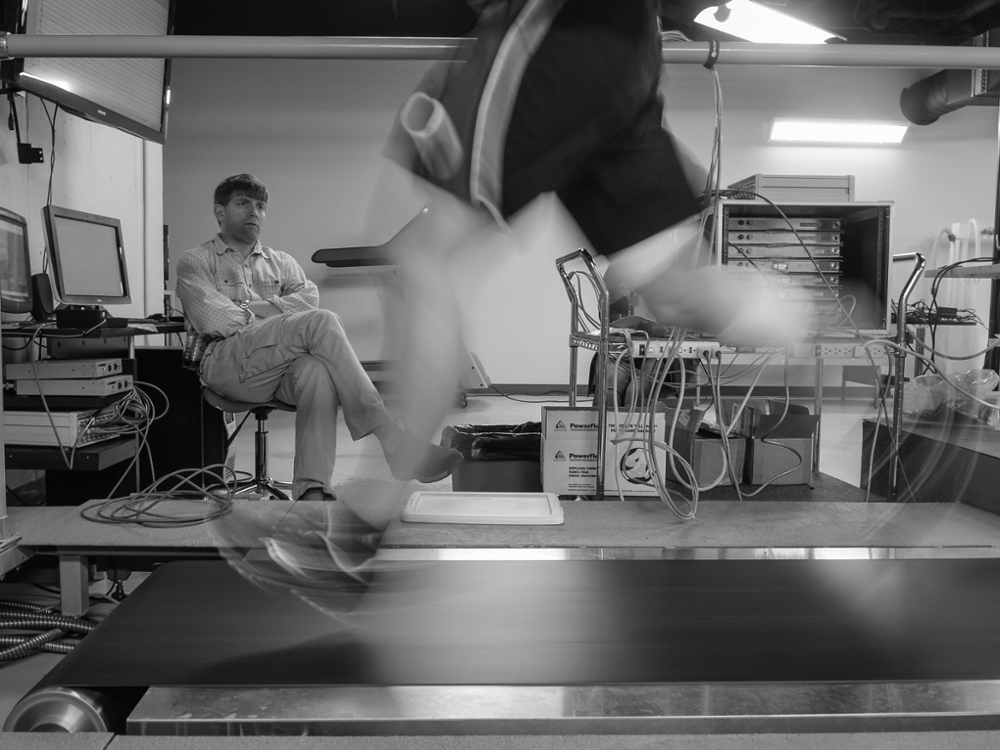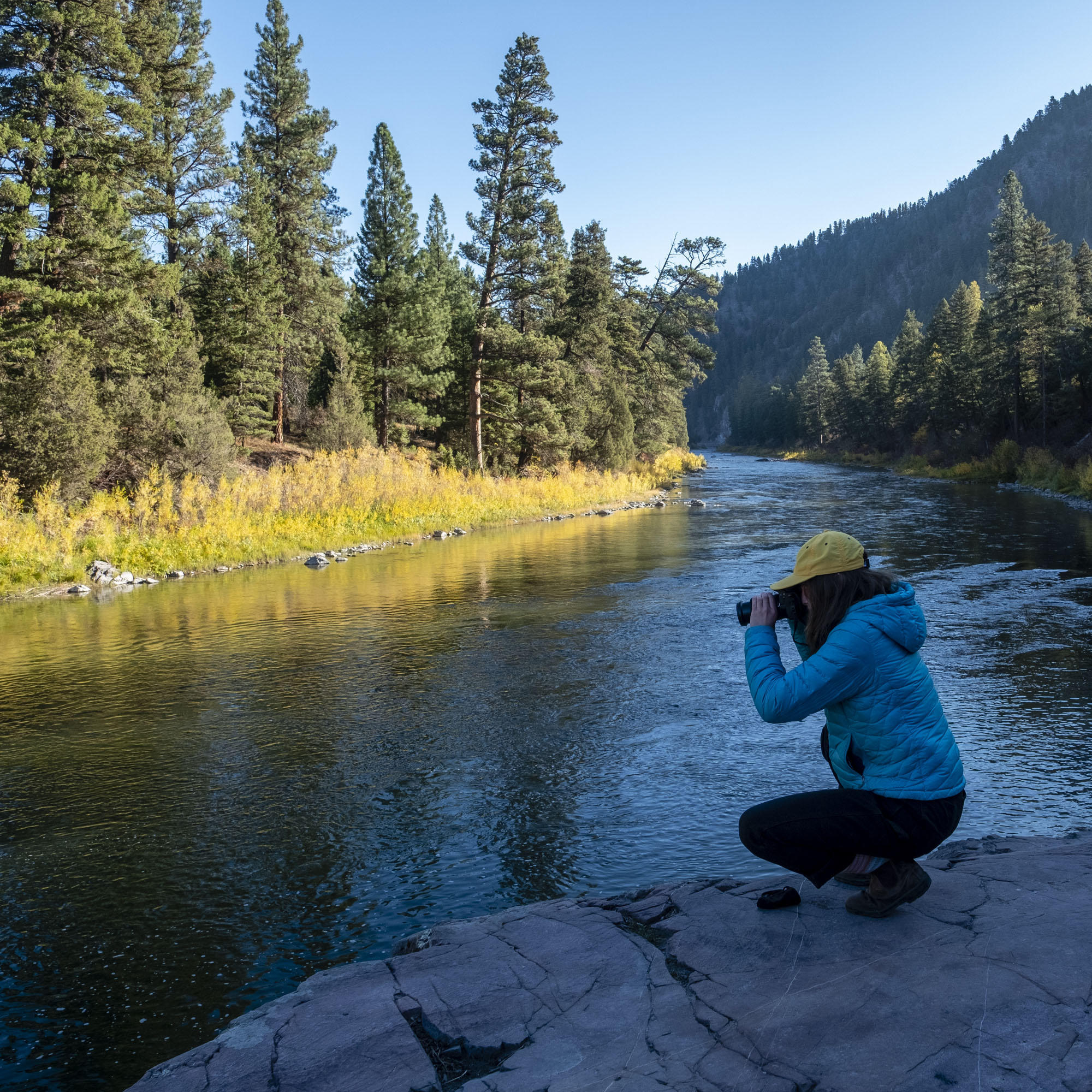Story Lab

Story Lab is a hallmark of the graduate journalism program. It allows students an opportunity to explore the culture of science, to forge relationships with scientists and to practice applying journalistic skills to stories about science.
Laboratory partnerships are central to this course. Each journalism student joins a team of scientists for the semester. They attend lab meetings, profile lab team members and learn about the questions at the heart of the team's research.
The time spent in the company of scientists informs class time conversations and stories pitched and pursued as part of this class and beyond.
Students who successfully complete this course better understand the challenges and opportunities of telling stories about scientific research, findings and the people and systems that support scientific inquiry in the U.S.
The University of Montana is home to world-class scientists, offering journalism students a wide variety of labs where they can embed. In the past students have paired with labs ranging from watershed hydrology in undeveloped areas to a biology lab that looked at how the flight needs of various birds correlate with the development of feather and wing shapes and textures.
Students Ken Rand, Erik Petersen and Lauren Smith provide insight into their semesters spent shadowing three distinct labs on campus.
Ken Rand learned all about the latest in genetic conservation in fish and wildlife populations in his lab led by Professor Gordon Luikart.
How did you deal with the complex information coming out of the lab?
Within genetics there is a language that must be used to talk about research. When listening in on research discussions or interviewing for a story, it was necessary to ask stupid questions. Learning from the inside about science, taking long breaths to digest — rather than quick peaks — is a good way to understand a dense topic.
What story ideas did you develop from the lab?
One story that I worked on for the Crown Reporting Project about using eDNA to detect invasive species in Montana used the lab’s research as a starting point for further reporting. I found myself in the field reporting with a head start and true understating of the story at hand. The result was a better connection to science and environmental issues.
Erik Petersen embedded with a physiology lab led by Professor Matt Bundle, most well known for his research on whether sprinter Oscar Pistorius’ carbon fiber prosthetics gave him a competitive advantage.
What drew you this lab?
I was given the recreation beat during the first semester of this program so I wanted to find a lab that fit that theme and would produce an applicable story.
How did the course help you as a journalist?
It forced me to probe deeper into a confusing subject and have an expert explain something so I could then convey it intelligently to readers. I have little background in science so understanding what the studies meant in the big picture challenged me.
Lauren Smith spent a semester learning about insect physiology, primarily poking at the question of why some insects, like rhinoceros beetles, and other invertebrates, like sea spiders, are bigger than others. Her lab, under the guidance of Professor Art Woods, is currently conducting research in Antarctica. She continues to help the lab convey their findings to the public.
How did you stay involved with the lab after the course ended?
In the lab’s words, I help “de-nerdify” their website. I’m interested in translating science for a more general audience. So I’m attempting to help explain their research in a way that is still accurate but accessible for non-scientists.
How did this experience help you develop as a journalist?
I’m in the environmental studies program and doing my thesis work in environmental writing. This experience helped me to think like a journalist and to hone my interviewing and journalistic writing skills. Interviewing people isn’t nearly as scary as I thought it was.
